Home>Articles>How To Remove Musty Smell From Basement After Flooding
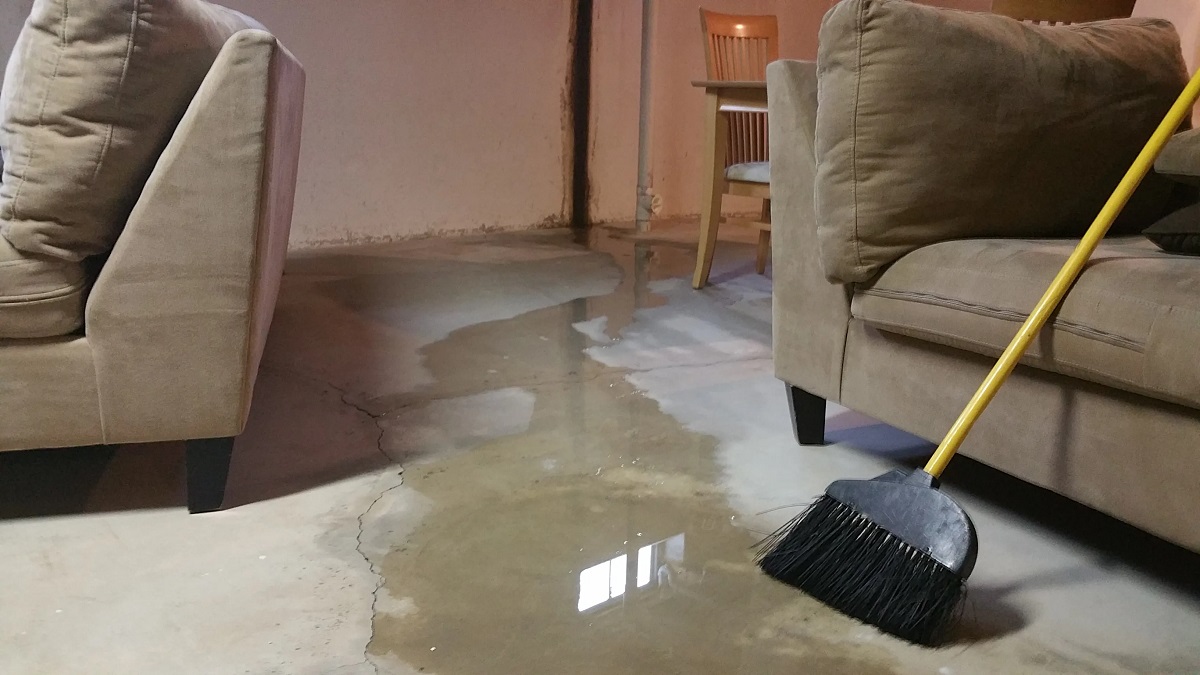

Articles
How To Remove Musty Smell From Basement After Flooding
Modified: February 26, 2024
Remove musty smell from basement after flooding with these helpful articles. Get tips and advice on eliminating odors and restoring your space.
(Many of the links in this article redirect to a specific reviewed product. Your purchase of these products through affiliate links helps to generate commission for Storables.com, at no extra cost. Learn more)
Introduction
Welcome to our comprehensive guide on how to remove musty smells from your basement after experiencing flooding. Flooding can wreak havoc on your home, causing not only structural damage but also leaving behind a lingering musty odor that can be difficult to eliminate.
When water enters your basement, it can saturate the walls, floors, furniture, and belongings, creating the ideal conditions for mold and mildew growth. These unwanted guests not only contribute to the unpleasant smell but also pose a significant health risk to you and your family.
In this article, we will walk you through the steps necessary to remove the musty smell from your basement after flooding. From assessing the damage to addressing moisture issues, we will cover all the essential steps to ensure a clean and odor-free living space.
It is important to note that while these steps can help eliminate the musty smell, it is crucial to address any underlying issues, such as excess moisture or poor drainage, to prevent future flooding and associated odors. Let’s dive in and tackle the task of getting your basement fresh and odor-free once again!
Key Takeaways:
- Promptly address moisture issues, clean and disinfect thoroughly, and manage mold and mildew growth to eliminate the musty smell from your basement after flooding. Regular maintenance is crucial for long-term odor prevention.
- Prioritize safety, remove standing water, and thoroughly dry out the basement to create a clean and odor-free living space. Utilize natural odor absorbers and air purifiers to eliminate lingering odors effectively.
Read more: Why Does Basement Smell Musty
Understanding the Musty Smell in the Basement
Before we dive into the process of removing the musty smell from your basement, it’s essential to understand why it occurs in the first place. The musty smell is primarily caused by the presence of mold and mildew in your basement, which thrive in damp and humid conditions.
When water enters your basement due to flooding, it creates the perfect environment for mold and mildew to grow. The excessive moisture, combined with the availability of organic materials like wood or fabric, provides a food source for these fungi.
Mold and mildew reproduce by releasing spores into the air. These spores are microscopic and can easily be inhaled, causing respiratory problems and allergic reactions. Besides the health risks, the presence of mold and mildew can also lead to further damage to your home’s structure and belongings.
The musty smell itself is a result of a chemical called geosmin. Geosmin is produced by certain types of bacteria and fungi, and it has a distinct earthy, musty odor that can linger for a long time if not properly addressed.
Understanding the sources of the musty smell helps us to address the underlying issue effectively. By getting to the root cause and taking appropriate action, we can eliminate the odor and create a healthier living environment.
Assessing the Damage
Once the flooding has subsided and it is safe to enter your basement, the first step is to assess the extent of the damage caused by the water. This step is crucial in determining the necessary actions required to remove the musty smell.
Start by examining the walls, floors, and any affected belongings. Look for signs of water damage, such as discoloration, warping, or swelling. Pay close attention to areas where water may have pooled or collected, such as corners or low-lying spots.
If you notice any areas that are still wet, it’s important to remove excess water as quickly as possible. This will help prevent further damage and minimize the risk of mold and mildew growth. Use a wet vacuum, mop, or towels to soak up the water.
Next, inspect any furniture, boxes, or other items that may have been affected by the water. Determine if they can be salvaged or if they need to be discarded. Porous materials like fabric or upholstered furniture, carpets, and cardboard boxes are particularly susceptible to water damage and may need to be replaced.
Keep in mind that it’s not just the visible damage that needs to be assessed. Check for any hidden areas where water may have seeped, such as behind walls or under flooring. Moisture meters or thermal imaging cameras can be useful tools to detect hidden moisture and potential mold growth.
If you are unsure about the extent of the damage or suspect significant mold growth, it is advisable to consult a professional mold remediation specialist. They have the expertise and equipment to thoroughly assess the damage and recommend the appropriate course of action.
By thoroughly assessing the damage, you will have a clear understanding of what needs to be addressed and can proceed with confidence in removing the musty smell from your basement.
Safety Precautions
When it comes to dealing with water damage and the musty smell in your basement, it’s important to prioritize safety. Flooded areas can pose various hazards, so taking the necessary precautions is crucial to protect yourself and your family.
Here are some safety measures to consider:
- Turn off the electricity: Before entering your basement, make sure to turn off the electricity to prevent the risk of electrical shock. If you are unsure about how to do this safely, consult a professional electrician.
- Wear protective gear: When working in a flooded area, wear appropriate protective gear, including rubber gloves, boots, and a respirator mask. This will help protect you from potential contaminants and airborne particles.
- Ensure proper ventilation: Open windows and use fans or dehumidifiers to improve air circulation and aid in the drying process. Adequate ventilation helps prevent the build-up of moisture and reduces the risk of mold growth.
- Avoid contact with standing water: Standing water can contain bacteria, chemicals, and other harmful substances. Avoid direct contact with the water and use tools like a wet vacuum or mop to remove it.
- Be cautious of structural damage: Flooding can weaken the structural integrity of your basement. Be cautious when walking on wet floors or inspecting walls and ceilings. If you notice any signs of significant damage, consult a professional before proceeding.
- Be aware of potential gas leaks: Flooding can dislodge gas lines and create a hazard. If you smell gas or suspect a leak, leave the area immediately and contact your gas company for assistance.
- Do not mix cleaning chemicals: When cleaning and disinfecting your basement, be cautious of mixing different cleaning agents. Some chemicals can produce toxic fumes when combined. Read and follow the instructions on the labels carefully.
By following these safety precautions, you can minimize the risks associated with dealing with water damage and ensure a safe working environment as you remove the musty smell from your basement.
Removing Standing Water
One of the first steps in the process of removing the musty smell from your basement after flooding is to eliminate any standing water that may be present. Standing water not only contributes to the moisture problem but also provides an ideal environment for mold and bacteria to thrive.
Here are the steps to effectively remove standing water from your basement:
- Ensure safety: Before entering the basement, make sure to follow the necessary safety precautions, such as turning off the electricity and wearing protective gear.
- Use a pump or wet vacuum: If the amount of standing water is significant, a submersible pump or a wet vacuum can be used to remove it. These tools are specifically designed to handle water removal efficiently.
- Direct the water outside: As you remove the water, direct it outside away from the foundation of your home. You can use a hose or drain system to ensure proper drainage and prevent the water from pooling near the basement.
- Dispose of the water properly: Dispose of the water in a sanitary manner. Do not pour it into storm drains or sewers unless it is allowed by local regulations. If in doubt, consult with your local authorities for guidelines on proper disposal.
- Inspect for hidden pockets of water: After removing the bulk of the standing water, thoroughly inspect the basement for any hidden pockets of water that may have collected in corners or low-lying areas. Use towels or a mop to soak up any remaining moisture.
- Dry the area: Once the standing water is removed, it’s crucial to dry out the basement as quickly as possible. Open windows, use fans, and dehumidifiers to promote airflow and aid in the drying process. Consider using a moisture meter to monitor the humidity levels and ensure they are within an acceptable range.
Removing standing water is a vital step in addressing the musty smell in your basement. By promptly and effectively eliminating the excess moisture, you can help prevent further damage and minimize the risk of mold and mildew growth.
Read more: How To Dry Out A Basement After Flooding
Drying Out the Basement
After removing the standing water from your basement, the next crucial step in removing the musty smell is to thoroughly dry out the area. Proper drying is essential to prevent mold and mildew growth, which contribute to the unpleasant odor.
Here are the steps to effectively dry out your basement:
- Improve ventilation: Open windows and doors to allow fresh air to circulate in the basement. This will help remove excess moisture and promote drying. If possible, use fans or dehumidifiers to further enhance airflow.
- Remove wet materials: Remove any wet or damp materials from the basement, such as rugs, carpets, or furniture. These items can trap moisture and hinder the drying process. If salvageable, move them to a well-ventilated area for thorough drying.
- Inspect and dry walls and floors: Check the walls and floors for signs of moisture or dampness. Use towels, mops, or a wet/dry vacuum to remove any remaining water. Consider using a dehumidifier to extract excess moisture from the air.
- Monitor humidity levels: Use a hygrometer or moisture meter to monitor the humidity levels in the basement. Ideally, the humidity should be kept below 50% to prevent mold growth. If the humidity is too high, continue to run fans or dehumidifiers until the desired levels are achieved.
- Check for hidden moisture: Pay attention to hidden areas where moisture may still be present, such as behind walls or under flooring. Use a moisture meter or thermal imaging camera to identify any lingering moisture. If necessary, consult a professional for further assessment and drying assistance.
- Allow for sufficient drying time: Drying out a basement can take time, especially if the flooding was significant. Be patient and allow for sufficient drying time to ensure that all moisture is eliminated. Failure to thoroughly dry the area can lead to ongoing musty odors and potential mold growth.
Properly drying out your basement is crucial for removing the musty smell and preventing further damage. By following these steps and being diligent in the drying process, you can create a dry and odor-free environment in your basement.
After removing any water and damaged items, use a mixture of water and white vinegar to scrub the affected areas. Then, place fans and dehumidifiers to help dry out the space and prevent mold growth.
Cleaning and Disinfecting
Once the basement is dry and free from excess moisture, the next step in removing the musty smell is to thoroughly clean and disinfect the space. This process helps eliminate any remaining bacteria, mold spores, and organic matter that contribute to the odor.
Follow these steps to effectively clean and disinfect your basement:
- Gather necessary supplies: Before you begin, gather the necessary cleaning supplies, such as gloves, a mask, a bucket, cleaning solution, scrub brushes, and sponges.
- Pre-clean surfaces: Start by removing any loose dirt or debris from the surfaces in your basement. Use a broom, vacuum, or damp cloth to wipe down the walls, floors, and other affected areas.
- Prepare a cleaning solution: Mix a cleaning solution of warm water and a mild detergent or a commercial disinfectant. Follow the instructions on the product for the appropriate dilution ratio.
- Clean from top to bottom: Begin cleaning from the highest point in your basement, such as the ceiling, and gradually work your way down. Use a sponge or scrub brush dipped in the cleaning solution to scrub the surfaces thoroughly.
- Pay attention to hidden areas: Don’t forget to clean areas that may be easily overlooked, such as behind appliances, in corners, or in tight spaces. Mold and bacteria can grow in these hidden areas, contributing to the musty smell.
- Focus on porous materials: Pay extra attention to porous materials like wood or fabric that may have absorbed moisture and odors. Clean and disinfect these materials thoroughly or consider replacing them if the damage is extensive.
- Rinse and dry surfaces: After cleaning, rinse the surfaces with clean water to remove any residue from the cleaning solution. Use towels or fans to aid in the drying process and ensure surfaces are completely dry.
- Dispose of cleaning materials: Properly dispose of any cleaning materials, such as dirty water or used sponges, in a sanitary manner. Follow your local waste disposal guidelines.
- Consider professional help: In cases of severe water damage or extensive mold growth, it may be best to seek professional assistance. Professional mold remediation companies have the expertise and specialized equipment to thoroughly clean and disinfect the area.
By following these cleaning and disinfecting steps, you can effectively eliminate the remaining sources of odor in your basement. Remember, regular cleaning and maintenance are essential in preventing future musty smells and maintaining a clean and healthy environment.
Managing Mold and Mildew
One of the critical steps in removing the musty smell from your basement is addressing and managing any existing mold and mildew growth. Mold and mildew not only contribute to the unpleasant odor but also pose health risks and can cause further damage if left untreated.
Follow these steps to effectively manage mold and mildew in your basement:
- Identify mold and mildew: Look for visible signs of mold and mildew growth, such as black or green spots on walls, ceilings, or other surfaces. Musty odors are often a sign of hidden mold, even if it’s not immediately visible.
- Wear protective gear: Before attempting to clean or remove mold and mildew, ensure you wear appropriate protective gear, including gloves, a mask, and goggles, to prevent inhalation or contact with spores.
- Use appropriate cleaning solutions: There are several effective cleaning solutions available for tackling mold and mildew. You can use a mixture of water and vinegar, hydrogen peroxide, or commercial mold-fighting products. Follow the instructions on the product label for proper usage.
- Scrub affected areas: Use a scrub brush or sponge dipped in the cleaning solution to scrub the mold and mildew-infested surfaces thoroughly. Pay close attention to areas with visible growth and any hidden spots where moisture may have accumulated.
- Dry the area: After cleaning, use fans or dehumidifiers to thoroughly dry the area. Mold and mildew thrive in damp environments, so ensuring proper ventilation and quick drying is essential in preventing their regrowth.
- Repair leaks and address moisture sources: Identify and fix any sources of excess moisture in your basement, such as leaks or poor ventilation. Addressing these issues will help prevent future mold and mildew growth.
- Monitor for recurring growth: Regularly check your basement for any signs of recurring mold and mildew. Pay attention to musty odors and keep an eye out for any visible growth. Promptly address any new issues that arise.
- Consider professional assistance: If mold and mildew infestation in your basement is extensive or recurring despite your best efforts, it may be necessary to consult with a professional mold remediation specialist. They have the expertise and tools to thoroughly assess and treat the problem.
Effectively managing mold and mildew is essential to eliminate the musty smell and ensure a safe and healthy basement environment. By following these steps and taking proactive measures, you can prevent the regrowth of mold and maintain a fresh and odor-free space.
Dealing with Moisture Issues
To remove the musty smell from your basement and prevent its recurrence, it is crucial to address any underlying moisture issues. Excess moisture in your basement creates the perfect environment for mold and mildew growth, leading to the unpleasant odor and potential structural damage.
Follow these steps to effectively deal with moisture issues in your basement:
- Identify the source of moisture: Inspect your basement for any signs of water leaks or excessive humidity. Look for damp or wet areas, condensation on walls or windows, or any visible water stains.
- Repair leaks: If you discover any leaks or sources of water intrusion, such as cracks in the foundation or plumbing issues, promptly repair them. Fixing these issues is essential to prevent further moisture problems.
- Improve ventilation: Proper ventilation is crucial in reducing moisture levels in your basement. Install exhaust fans or dehumidifiers to promote airflow and remove excess humidity. Consider keeping basement windows open, if possible, to allow fresh air circulation.
- Use waterproofing treatments: Apply a waterproofing sealant to your basement walls and floors to prevent water penetration. This can help create a barrier against moisture and reduce the risk of mold growth.
- Insulate pipes and walls: Insulate pipes to prevent condensation, and add insulation to basement walls to reduce the transfer of moisture from outside. Proper insulation helps maintain consistent temperature levels and minimize moisture-related issues.
- Install a sump pump: A sump pump can be effective in preventing basement flooding by removing excess groundwater. It sits in a specially constructed pit and automatically pumps out water when the water level rises.
- Consider a dehumidifier: If your basement consistently struggles with high humidity, invest in a dehumidifier. It helps extract moisture from the air, maintaining a drier environment and reducing the chances of musty odors and mold growth.
- Regularly inspect and maintain: Keep a regular schedule of inspecting your basement for any signs of moisture or leaks. Conduct routine maintenance on your drainage system, gutters, and downspouts to ensure they are functioning properly.
By effectively addressing moisture issues, you can prevent mold and mildew growth and eliminate the musty smell in your basement. Ongoing maintenance and vigilance are essential to keep your basement dry and odor-free in the long term.
Read more: How Do I Get Rid Of Musty Smell In Basement
Removing Lingering Odors
After taking all the necessary steps to eliminate moisture, clean, and disinfect your basement, there may still be lingering odors. These odors can be stubborn and persistent, but with some extra effort, you can successfully remove them and restore a fresh and pleasant environment in your basement.
Here are some methods to remove lingering odors from your basement:
- Air out the space: Open windows and doors to allow fresh air to circulate in the basement. Good ventilation helps to disperse and remove odor particles.
- Use natural odor absorbers: Place bowls of activated charcoal, baking soda, or coffee grounds around the basement. These natural odor absorbers can help neutralize unpleasant smells.
- Utilize air purifiers: Consider using high-quality air purifiers equipped with HEPA filters to remove airborne particles, including odor-causing molecules.
- Apply odor-neutralizing sprays: Choose an odor-neutralizing spray specifically formulated to eliminate musty odors. Spray it generously in the basement, focusing on areas with the strongest smells.
- Utilize natural deodorizers: Place bowls of vinegar or sliced lemons around the basement. These natural deodorizers can help absorb and neutralize unpleasant odors.
- Steam clean carpets and upholstery: If applicable, steam clean carpets and upholstery to remove any trapped odors. Follow the manufacturer’s instructions to ensure proper cleaning and drying.
- Consider professional ozone treatment: In severe cases, you may consider hiring professionals to perform an ozone treatment. Ozone generators can effectively remove stubborn odors by oxidizing and neutralizing odor-causing molecules.
- Eliminate the source: If you continue to experience lingering odors, reevaluate the basement for any remaining sources of the smell. Check for hidden mold growth, damp materials, or areas where moisture may be trapped.
- Be patient and persistent: Removing lingering odors may take time and persistence. Be patient and continue to utilize odor-removing techniques until the smell is completely eliminated.
By following these methods and being persistent in your efforts, you can successfully remove lingering odors from your basement. Remember to address any underlying issues and maintain a clean and dry environment to prevent odors from returning.
Conclusion
Dealing with a musty smell in your basement after flooding can be a challenging process, but it is essential to address the issue promptly to create a clean and healthy living environment. By following the steps outlined in this comprehensive guide, you can successfully remove the musty smell and prevent its recurrence.
Start by understanding the musty smell and its underlying causes, such as mold and mildew growth. Assess the damage caused by the flooding and prioritize safety precautions before taking action. Remove standing water, thoroughly dry out the basement, and clean and disinfect all surfaces.
Managing mold and mildew is crucial in eliminating the musty odor. Identify and address any moisture issues or leaks in your basement, and regularly monitor for mold growth. Taking proactive measures can help prevent future problems.
Finally, if lingering odors persist, utilize methods such as airing out the space, using natural odor absorbers, and applying odor-neutralizing sprays. Be patient and persistent in your efforts until the basement smells fresh and clean.
Remember, regular maintenance and vigilance are key to maintaining a odor-free basement. Stay proactive in addressing moisture issues, maintaining proper ventilation, and addressing any signs of mold or mildew growth.
By following these guidelines and taking the necessary steps, you can successfully remove the musty smell from your basement after flooding and create a safe and inviting space for you and your family.
Frequently Asked Questions about How To Remove Musty Smell From Basement After Flooding
Was this page helpful?
At Storables.com, we guarantee accurate and reliable information. Our content, validated by Expert Board Contributors, is crafted following stringent Editorial Policies. We're committed to providing you with well-researched, expert-backed insights for all your informational needs.
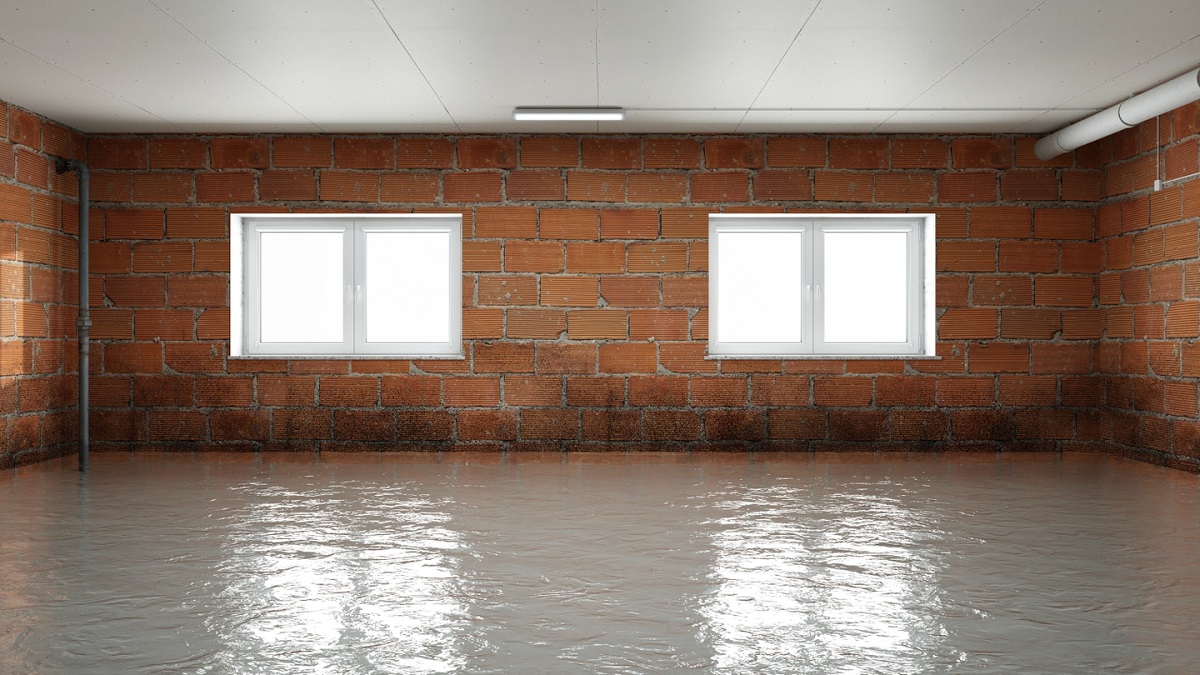
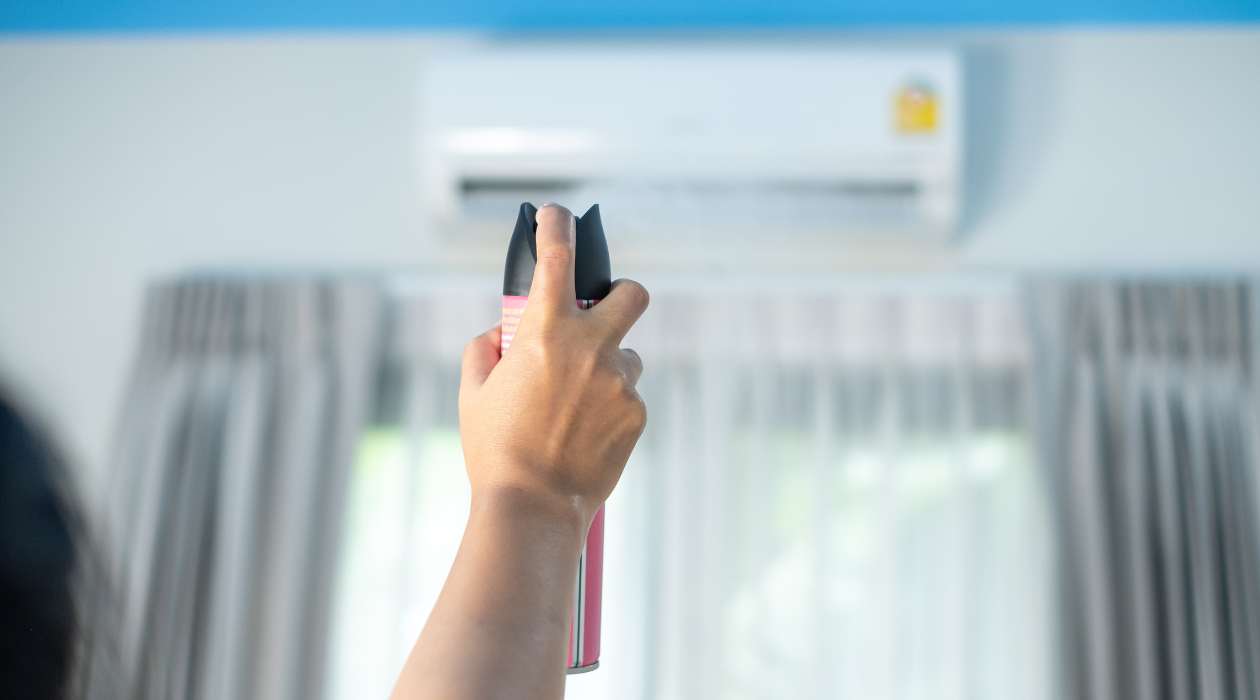
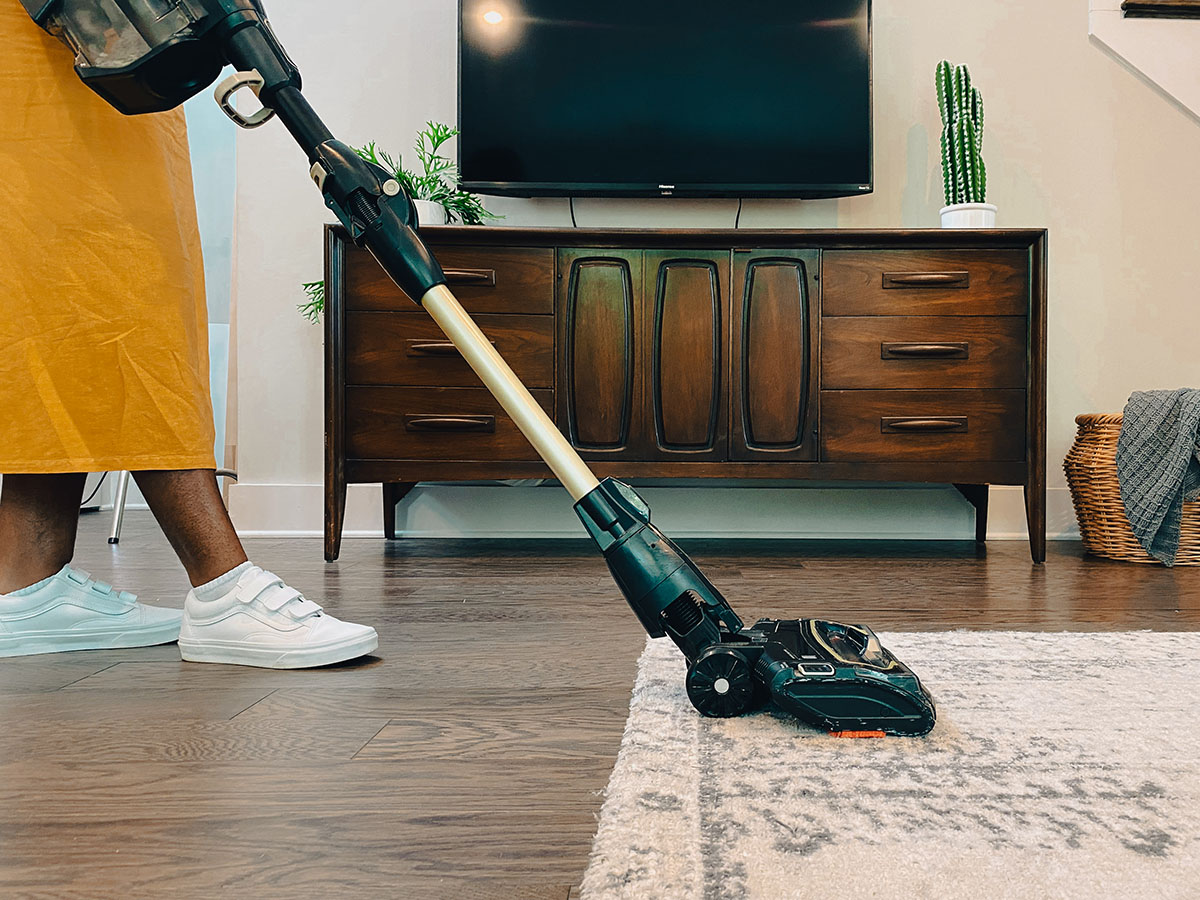
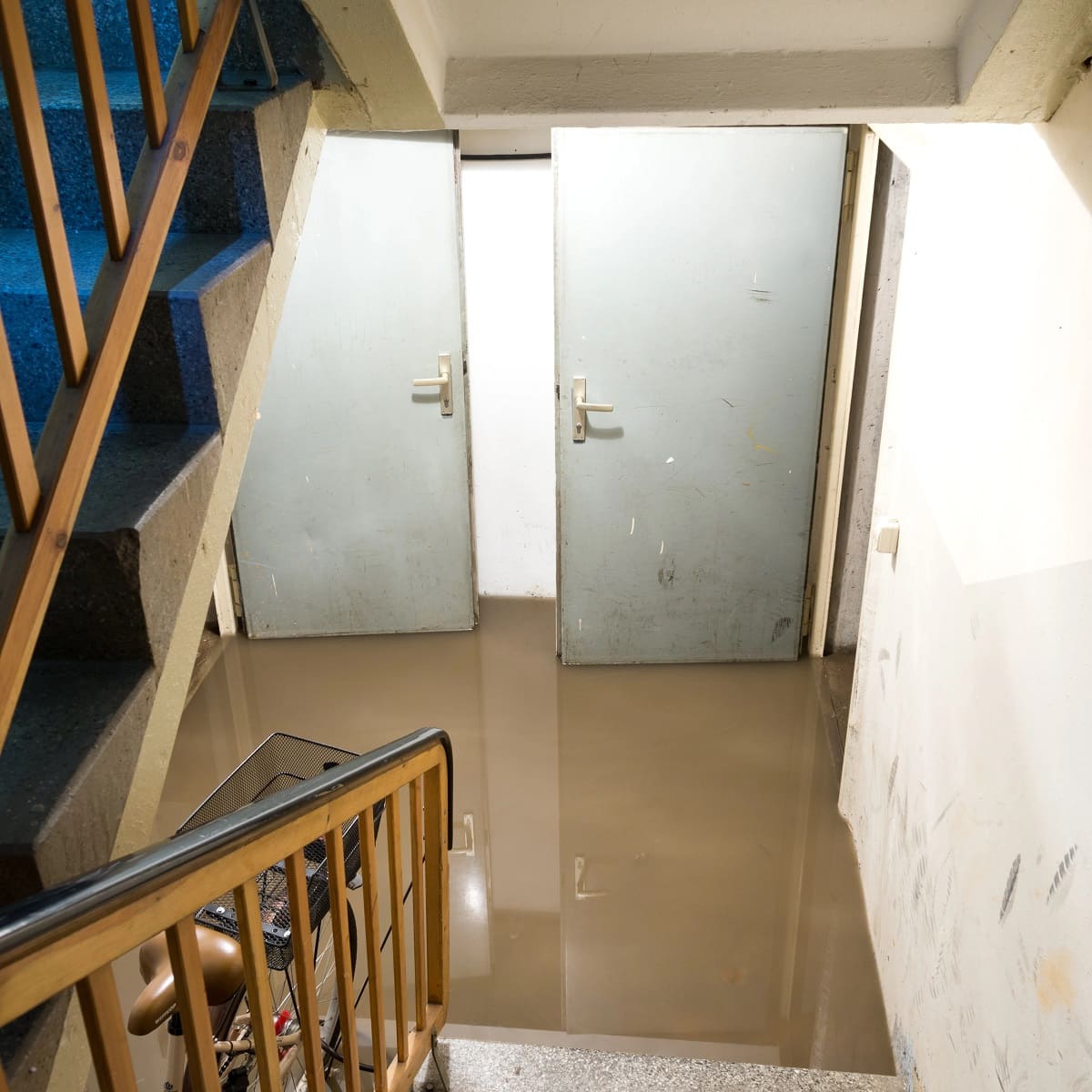
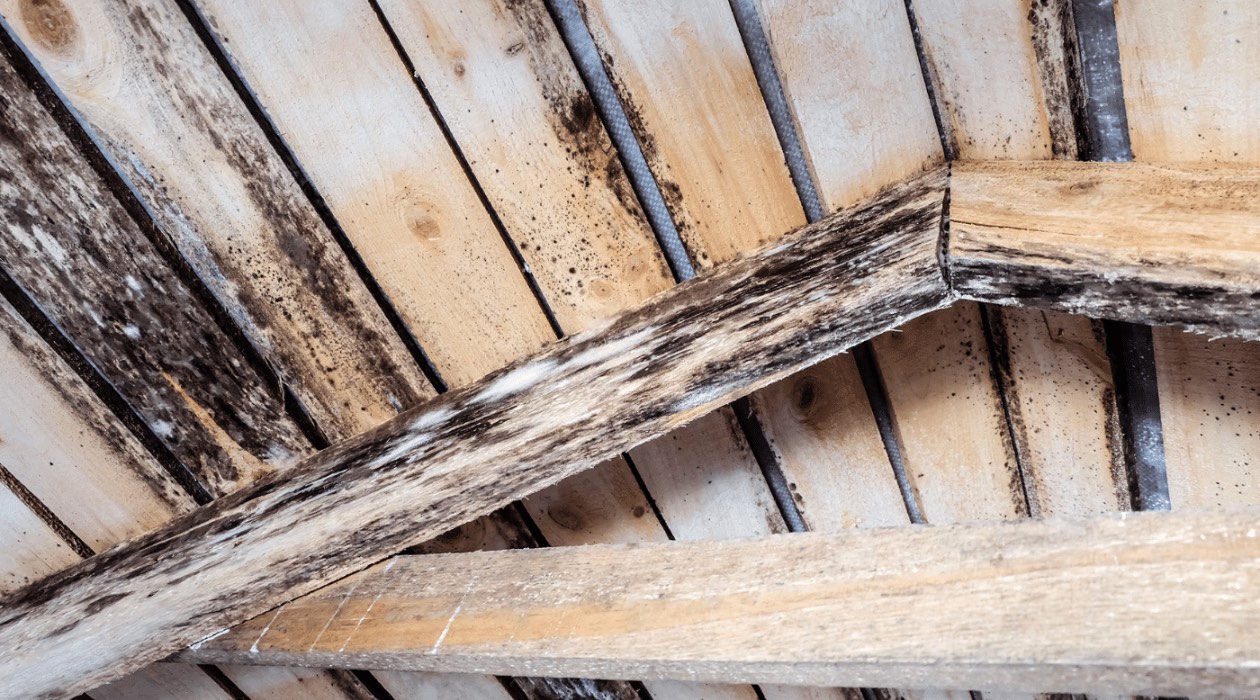

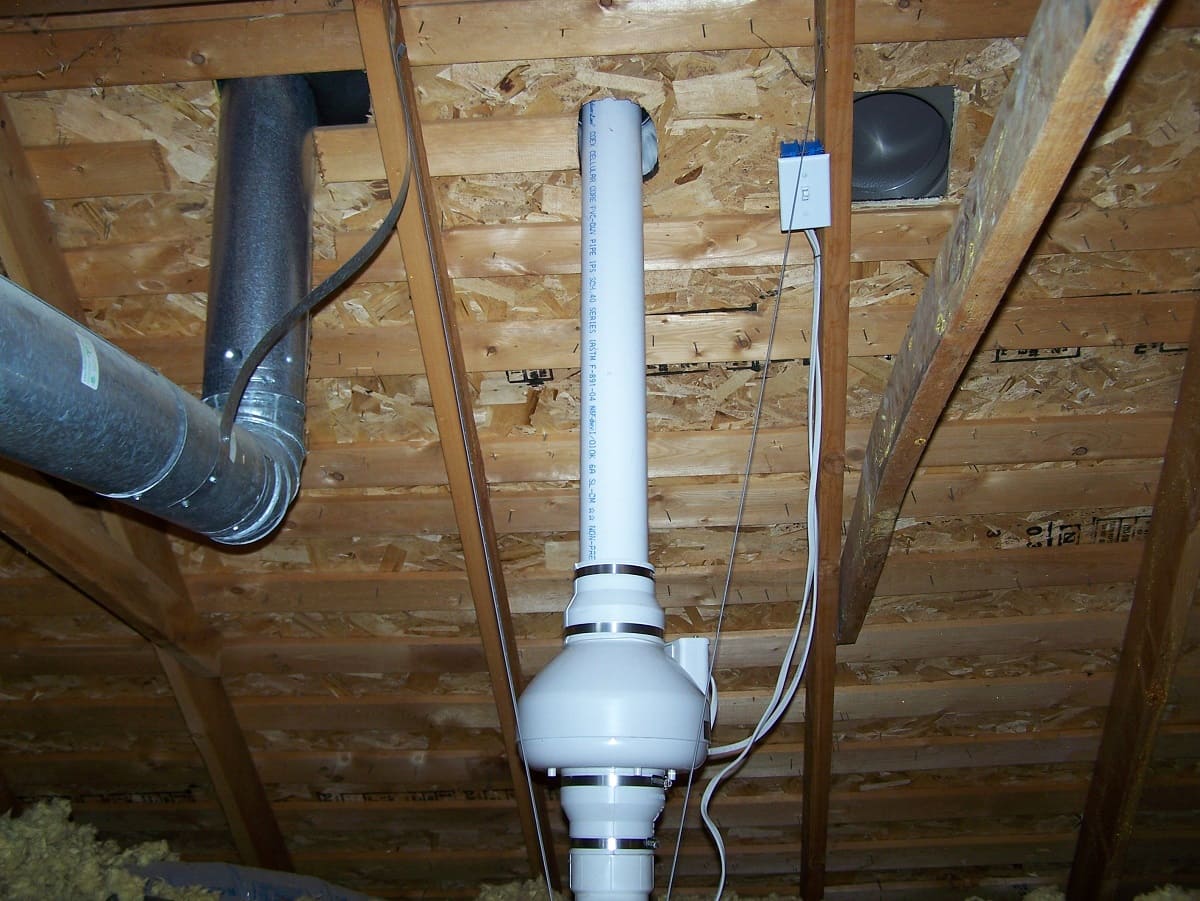
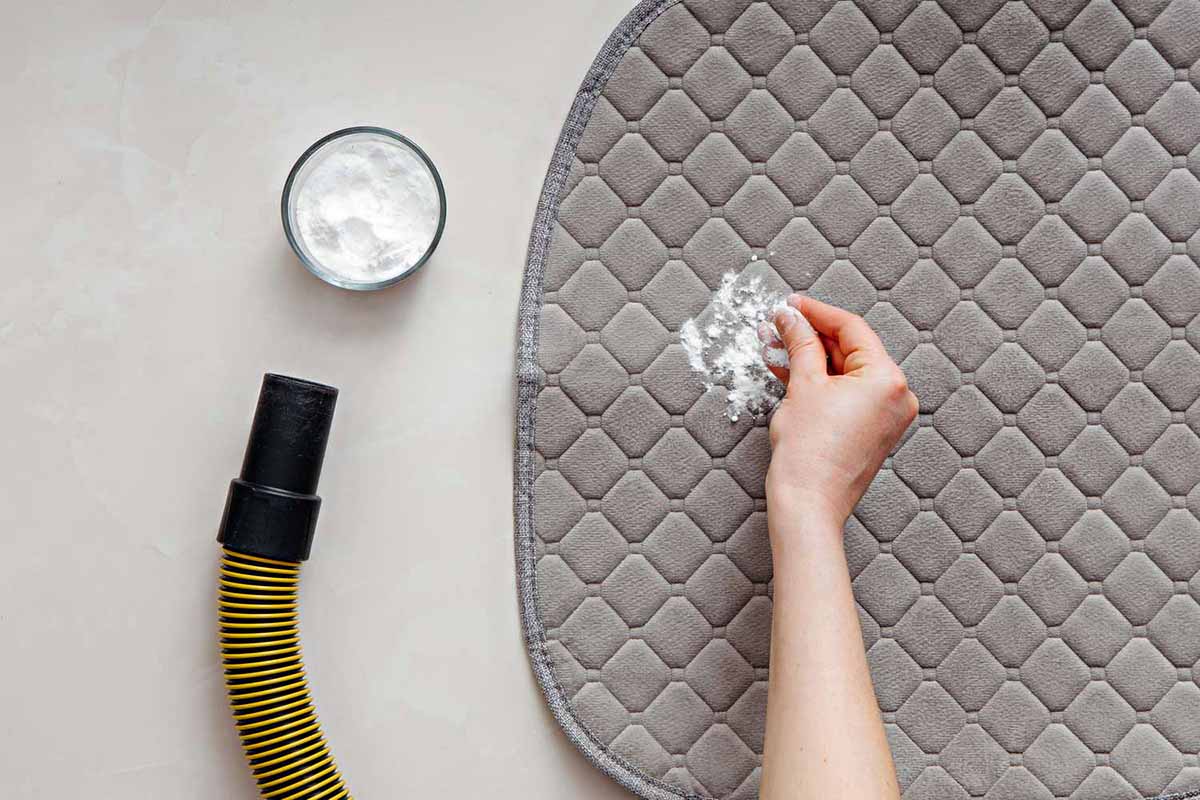

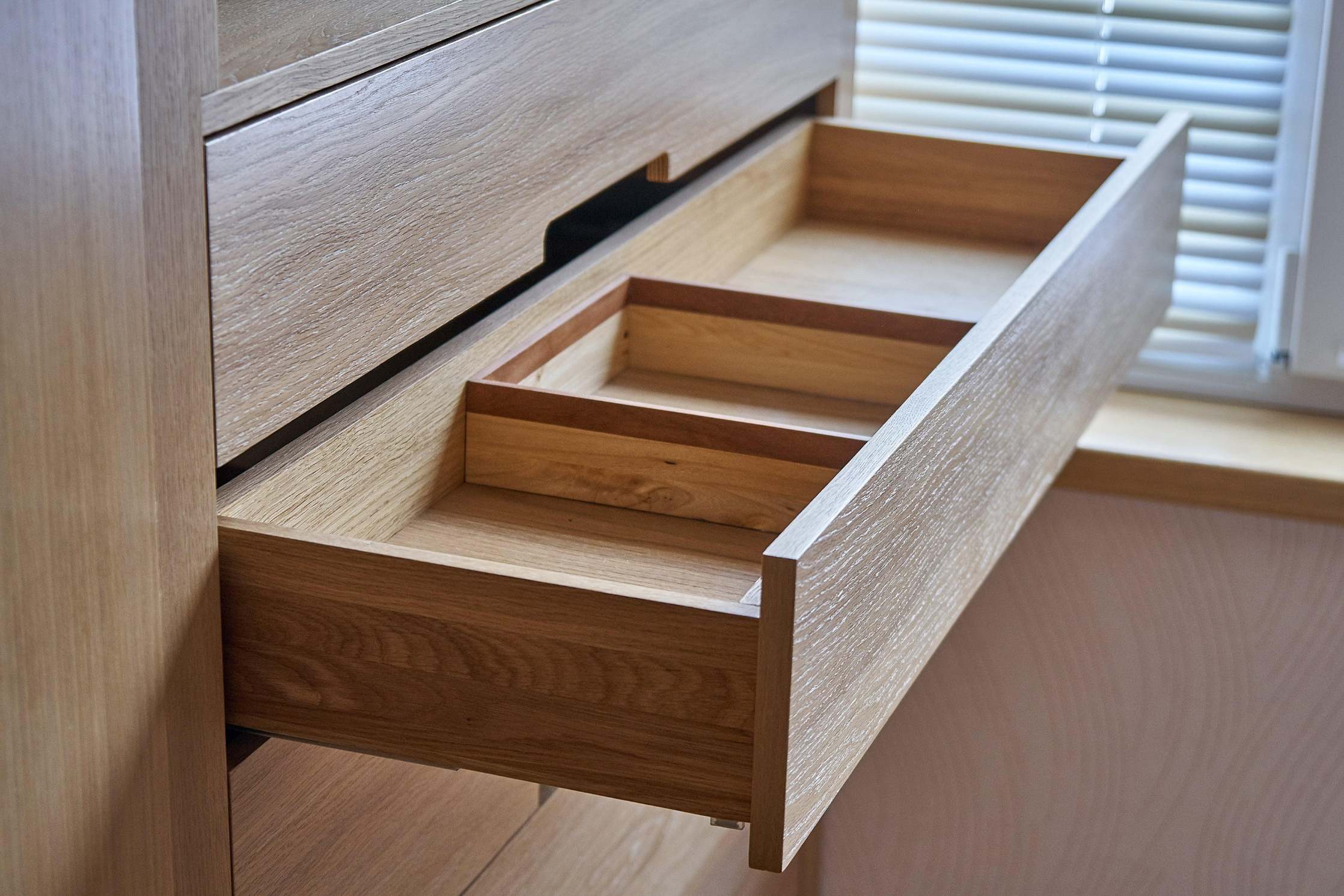

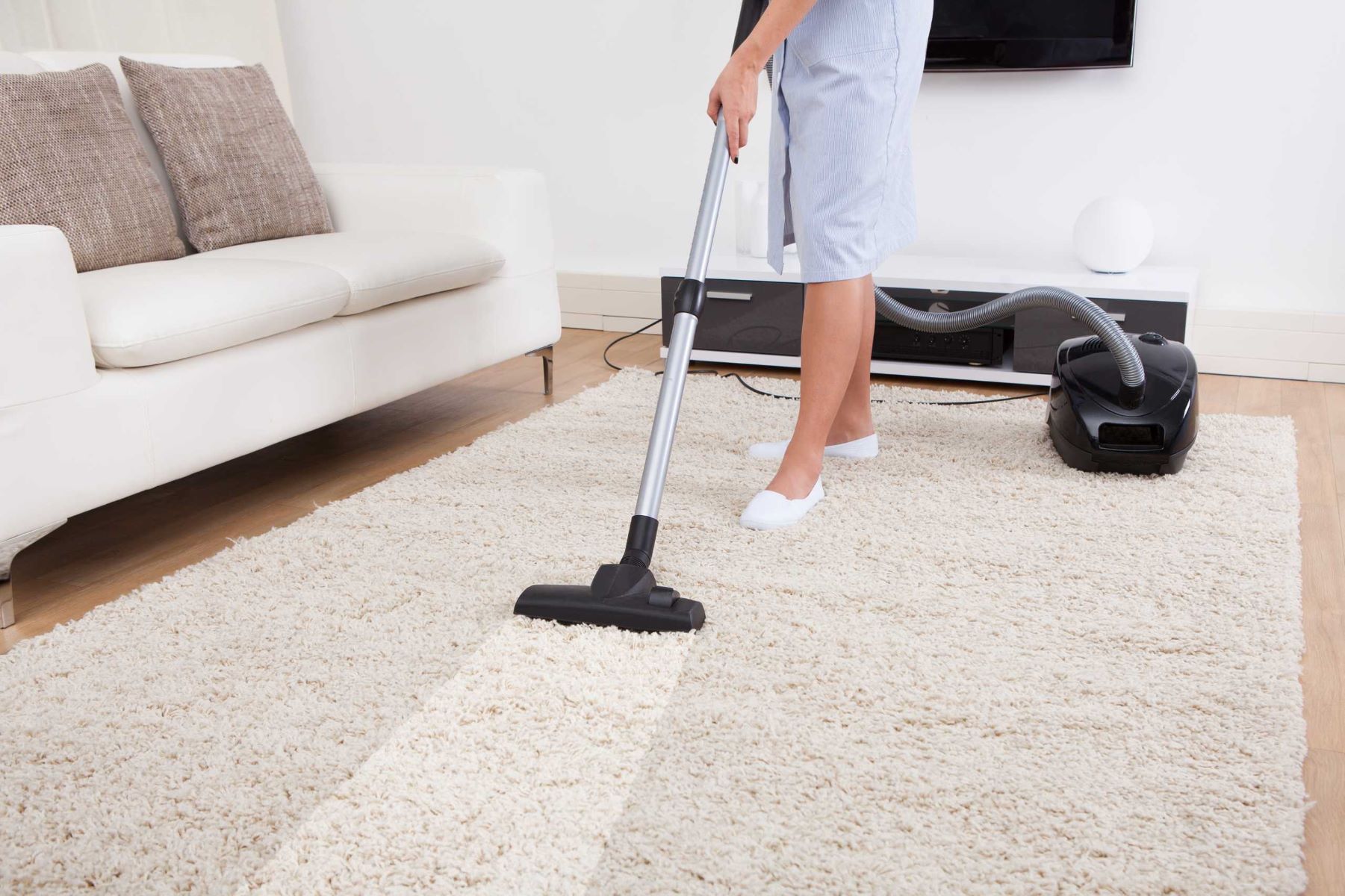
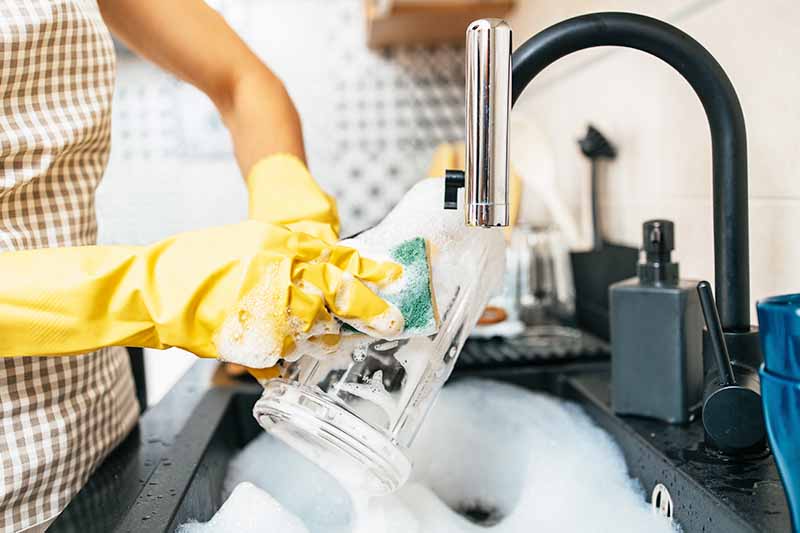

0 thoughts on “How To Remove Musty Smell From Basement After Flooding”